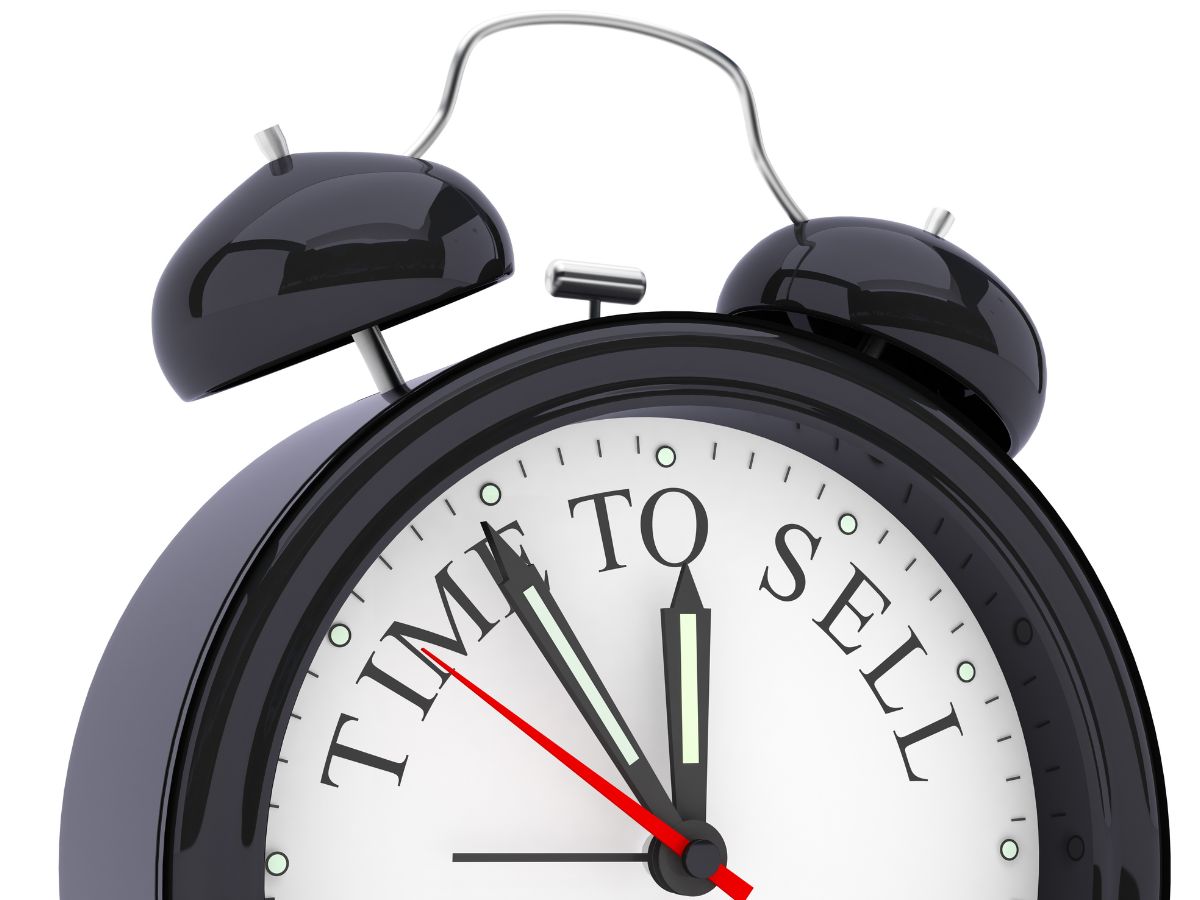
Business Professional Attire
Business Attire vs Business Casual
Let’s start with some basic understanding of the difference between Business Attire vs. Business Casual.
| Aspect | Business Attire | Business Casual |
|---|---|---|
| Women’s Attire | – Formal suits with tailored blazers – Blouses or button-up shirts – Knee-length skirts or dress slacks – Closed-toe, low-heeled pumps – Minimal accessories |
– Slacks or knee-length skirts – Blouses, sweaters, or casual tops – Flats, loafers, or low heels – Modest jewelry and accessories |
| Men’s Attire | – Full suits with matching blazers and trousers – Dress shirts and ties – Dress shoes (oxfords or derbies) – Formal belts – Pocket squares or tie clips |
– Dress slacks or khakis – Collared shirts (polos or dress shirts) – Loafers, derby shoes, or dress boots – Casual belts and minimal accessories |
| Color Palette | – Neutral colors (black, gray, navy) – Subduedpatterns (pinstripes, solid colors) – Conservative shades |
– More color variety (pastels, earth tones) – Patterns like plaids or checks – Brighter and bolder shades |
| Occasions | – Formal meetings, presentations, interviews – Client interactions – Traditional office settings |
– Casual workdays – Fridays (in some workplaces) – Creative or tech industries |
| Flexibility | – Less room for individual style expression – Uniform and conservative appearance |
– Allows for personal style and comfort – Creative and adaptable to trends |
Examples:
Business Attire:
- Women: A tailored black pantsuit with a white blouse and closed-toe pumps.
- Men: A navy-blue suit with a silk tie, dress shoes, and a leather belt.
Business Casual:
- Women: Khaki slacks, a pastel-colored blouse, and comfortable loafers.
- Men: Gray dress slacks, a light-blue dress shirt (no tie), brown loafers, and a woven belt.
This chart format provides a clear distinction between Business Attire and Business Casual in terms of clothing items, styles, color palettes, occasions, and flexibility, along with examples to illustrate each dress code.
Evolution of Business Attire Over the Years
| Year | Women’s Business Attire/Men’s Business Attire | |
|---|---|---|
| 1950s | – Women: Structured dresses and skirts – Men: Three-piece suits and ties |
|
| 1970s | – Women: Pantsuits and midi skirts – Men: Wide lapels and flared trousers |
|
| 1990s | – Women: Power suits with shoulder pads – Men: Dark-colored suits with bold ties |
|
| 2000s | – Women: Shift towards business casual – Men: Slim-fit suits and dress shirts |
|
| 2020s | – Women: Business casual with versatility – Men: Business casual with mix-and-match styles |
Business Attire:
- Women: Business professional attire includes formal suits, blouses, and closed-toe shoes.
- Men: Business formal attire comprises suits, dress shirts, ties, and polished dress shoes.
Business Casual:
- Women: Business casual allows for more relaxed attire, such as slacks, blouses, and comfortable flats.
- Men: Business casual may involve dress slacks, collared shirts, and loafers or casual dress shoes.
Let’s Talk Shoes:
For both men and women, appropriate footwear is essential in business attire:
Business Casual Shoes:
- Women can opt for comfortable flats, low heels, or stylish boots depending on the formality.
- Men can choose from loafers, dress boots, or well-maintained leather shoes suitable for business casual settings.
Women’s Business Attire
Women’s Business Attire Guide
In the world of business, your appearance speaks volumes about your professionalism and confidence. Women’s business attire plays a pivotal role in conveying a poised and competent image. Whether you’re attending important meetings, job interviews, or daily office tasks, understanding what to wear and how to wear it can make a significant impact. Let’s explore the key components of women’s business attire and their importance.
1. Tailored Suits: The Powerhouse of Elegance
Tailored suits are the cornerstone of women’s business attire. Opt for well-fitted blazers and matching trousers or knee-length skirts. Neutral colors like black, navy, and gray exude authority and versatility. These suits radiate confidence and instantly command respect in boardrooms and corporate settings.
2. Crisp Blouses: The Understated Elegance
Pair your suit with a crisp blouse. White is timeless, but soft pastels or subtle patterns can add a touch of femininity while maintaining professionalism. A well-chosen blouse complements your suit and highlights attention to detail, a key attribute in the business world.
3. Skirts and Slacks: Versatility Meets Comfort
For more flexibility, consider knee-length skirts or dress slacks. These options provide comfort without compromising style. Choose conservative colors and fits that enhance your silhouette while ensuring freedom of movement. Well-tailored bottoms exude competence and professionalism.
4. Closed-Toe Pumps: The Foundation of Poise
Your choice of footwear matters. Closed-toe pumps in neutral tones like black or nude offer a polished finish to your ensemble. They provide comfort for long days at the office and complete the sophisticated look that business settings demand.
5. Minimal Accessories: Less is More
In professional settings, less is often more when it comes to accessories. Opt for subtle jewelry pieces like stud earrings, a simple necklace, and a classic wristwatch. Avoid overly flashy or distracting accessories to maintain a professional and focused appearance.
6. Tailored Dresses: A Blend of Comfort and Elegance
Tailored dresses are a fantastic alternative to suits, especially in warmer climates. Choose dresses with a structured cut that flatters your body shape. Neutral or solid colors are suitable, and they offer a sleek, modern look without the need for separates.
7. Confidence is the Ultimate Accessory
While clothing choices are essential, confidence is the ultimate accessory. Wear your chosen business attire with self-assuredness and professionalism. Your demeanor and self-confidence project competence and leave a lasting impression.
In conclusion, women’s business attire is not just about clothing; it’s about projecting professionalism, competence, and confidence. Tailored suits, blouses, skirts, and accessories all contribute to a polished and poised appearance. Remember, the way you present yourself can be as impactful as your skills and qualifications. Make a lasting impression with a well-curated wardrobe that speaks to your professionalism and ambition.
Business Professional Attire Women
Business professional attire for women is a polished and formal dress code commonly worn in corporate and professional settings. It conveys a high level of professionalism and competence. Here’s a detailed guide to women’s business professional attire:
1. Tailored Suit:
- The foundation of business professional attire for women is a well-fitted, tailored suit.
- Opt for classic colors like black, navy, charcoal gray, or pinstripes for a timeless look.
- Choose a blazer with a structured silhouette that accentuates your waist.
2. Blouse or Button-Up Shirt:
- Pair your suit with a tailored blouse or button-up shirt in a solid color or subtle pattern.
- White, light blue, or pastel shades are ideal choices for a professional appearance.
- Ensure that the neckline is modest and appropriate for the workplace.
3. Knee-Length Skirt or Dress Slacks:
- Women can opt for either a knee-length skirt or dress slacks to pair with the blazer.
- Skirts should be of a conservative length, typically just above or at the knee.
- Dress slacks should have a tailored fit and a crease down the front.
4. Closed-Toe Pumps:
- Closed-toe pumps are the preferred choice of footwear for business professional attire.
- Stick to neutral colors like black, navy, or nude to maintain a classic look.
- Choose a comfortable heel height suitable for long workdays.
5. Minimal Accessories:
- Keep accessories understated and elegant. A simple necklace, stud earrings, and a wristwatch are suitable choices.
- Avoid excessive or flashy jewelry that can be distracting in a professional setting.
6. Hosiery:
- If wearing a skirt, consider wearing sheer, neutral-colored hosiery or tights.
- They provide a polished finish and maintain a professional look.
7. Grooming and Hair:
- Maintain a well-groomed appearance with neatly styled hair.
- Keep makeup subtle and professional, and avoid bold or dramatic looks.
- Nails should be clean and well-maintained, with neutral or subtle nail polish.
8. Confidence:
- Confidence is a key component of business professional attire.
- Stand tall, maintain eye contact, and convey professionalism through your demeanor.
9. Tasteful Handbag:
- Carry a structured, professional-looking handbag or briefcase to complete your ensemble.
- Opt for colors that complement your outfit.
10. Well-Ironed Clothing:
- Ensure that your clothing is well-ironed and free from wrinkles.
- A polished appearance includes attention to detail.
11. Fragrance:
- Keep fragrance subtle and avoid strong scents that may be overpowering in close quarters.
Business professional attire for women is about projecting confidence, competence, and authority. It’s essential to adhere to the dress code guidelines of your workplace, but these general principles can serve as a starting point for building a professional and polished wardrobe.
Business Formal Attire
- Suit:
- A dark-colored, well-tailored, and high-quality suit is essential. Classic colors like black, navy, or charcoal gray are ideal.
- Single-breasted or double-breasted suits are both acceptable, but single-breasted is more common.
- Ensure that the suit fits impeccably, with a structured shoulder and a flattering cut.
- Dress Shirt:
- Choose a crisp, white dress shirt made of high-quality cotton.
- French cuffs with cufflinks are a sophisticated touch.
- The shirt should be well-fitted and neatly pressed.
- Silk Tie:
- Wear a silk tie that complements the suit.
- Conservative patterns like stripes or solids are recommended.
- Ensure that the tie is properly knotted and reaches the belt line.
- Dress Shoes:
- Opt for black or dark brown leather oxford shoes.
- They should be well-polished and in excellent condition.
- High-quality leather shoes complete the formal look.
- Belt:
- Match the belt with the color of your shoes.
- Keep the belt simple and understated, without flashy buckles.
- Accessories:
- A wristwatch with a leather or metal band is an elegant accessory.
- Minimal jewelry, such as a wedding ring or cufflinks, should be tasteful and understated.
- Grooming:
- Maintain well-groomed facial hair or opt for a clean-shaven look.
- Keep your hair neatly styled and avoid overly trendy hairstyles.
- Maintain good personal hygiene.
Business Casual
Business casual attire strikes a balance between a professional appearance and comfort. It’s a dress code often adopted in workplaces where a strict formal dress code isn’t required. Here’s a comprehensive guide to business casual attire for both men and women:
For Men:
- Dress Slacks or Chinos:
- Choose well-fitted dress slacks or chinos in a range of neutral colors like khaki, gray, or navy.
- Avoid jeans and overly casual trousers.
- Collared Shirt:
- Wear a collared dress shirt or a high-quality polo shirt.
- Solid colors or subtle patterns are appropriate.
- Tuck in the shirt for a neater appearance.
- Footwear:
- Opt for leather loafers, derbies, or dress boots.
- Keep your shoes well-maintained and polished.
- Belt:
- Match your belt to the color of your shoes.
- A classic, simple belt works best.
- Optional Tie:
- In many business casual settings, a tie is not required, but you can add one for a slightly more formal look.
- Choose a tie that complements your outfit.
- Blazer or Sports Jacket:
- A blazer or sports jacket can elevate a business casual look.
- Pair it with dress slacks or chinos and a collared shirt.
- Accessories:
- Minimal accessories like a wristwatch, a simple bracelet, and a leather wallet are suitable.
- Avoid excessive jewelry.
- Grooming:
- Maintain well-groomed facial hair or opt for a clean-shaven look.
- Keep your hair neatly styled.
- Maintain good personal hygiene.
For Women:
- Blouse or Dress Shirt:
- Choose a blouse or dress shirt in solid colors, subtle patterns, or pastel shades.
- Avoid overly casual tops.
- Dress Slacks, Skirts, or Dresses:
- Dress slacks, knee-length skirts, or dresses are all suitable for business casual.
- Ensure they are well-fitted and not too tight or revealing.
- Footwear:
- Closed-toe flats, loafers, low heels, or ankle boots are appropriate choices.
- Maintain a polished appearance with clean shoes.
- Accessories:
- Minimal and tasteful jewelry, such as stud earrings, a simple necklace, and a wristwatch, is suitable.
- Avoid overly flashy or distracting accessories.
- Cardigans or Blazers:
- Cardigans or blazers can add a layer of professionalism to your outfit.
- They are optional but can enhance your look.
- Handbag:
- Carry a structured handbag or tote that complements your outfit.
- Keep it professional and organized.
- Makeup and Hair:
- Makeup should be natural and professional.
- Keep your hair neatly styled and maintain good personal hygiene.
- Confidence:
- Confidence and professionalism are key components of business casual attire.
- Maintain good posture and carry yourself with confidence.
Business Casual Sweater
In a business casual setting, adding a sweater to your outfit can provide both style and comfort. Here’s a guide on incorporating a business casual sweater into your attire for both men and women:
- Sweater Styles:
- Opt for sweaters made from high-quality materials like merino wool, cashmere, or cotton blends.
- Styles such as crewneck, V-neck, or cardigan sweaters work well for business casual.
- Colors:
- Stick to neutral or subdued colors like navy, gray, charcoal, or earth tones.
- These colors blend seamlessly with other business casual attire.
- Layering:
- Wear the sweater over a collared dress shirt for a classic look.
- You can add a tie for a slightly more formal appearance or go without one for a relaxed style.
- Fit:
- Ensure the sweater fits well without being too tight or too loose.
- The sleeves should reach your wrist, and the hem should cover your belt line.
- Bottoms:
- Pair the sweater with dress slacks or well-fitted chinos.
- Avoid jeans or overly casual trousers.
- Footwear:
- Leather shoes like loafers, derbies, or dress boots complete the ensemble.
- Make sure your shoes are well-maintained and polished.
- Accessories:
- Minimal accessories like a wristwatch, a simple leather belt, and subtle cufflinks can complement your look.
Western Business Attire
Western Business Attire has made it to the boardroom, most notably by the Chairman of the C-Suite Network with his Boots, Jeans and Blazer, making the cross offer look seamless.
Custom Business Attire
It used to be reserved for the rich and famous, but custom business attire is now more affordable than ever. Check our
- My Funded Futures - April 16, 2024
- Day Trading Books - April 3, 2024
- Four common types of changes and trends that can offer Business Opportunities? - March 24, 2024








